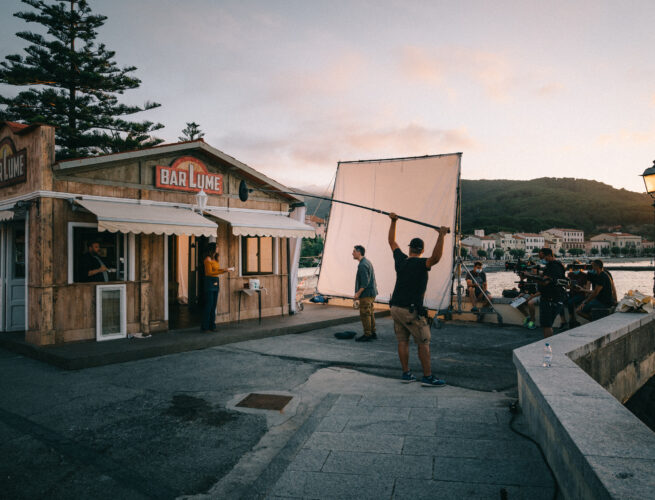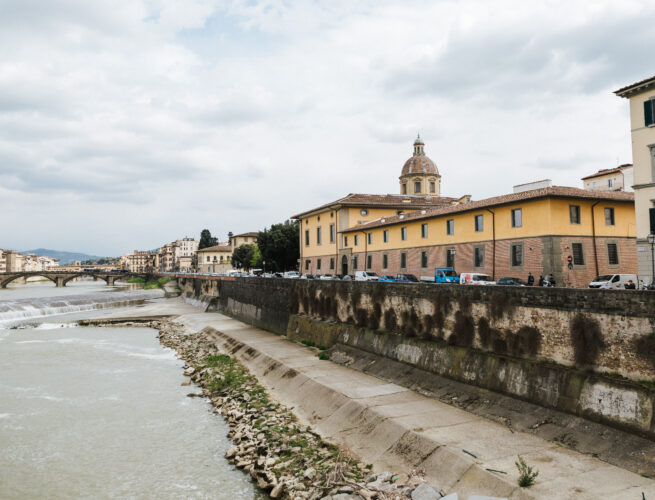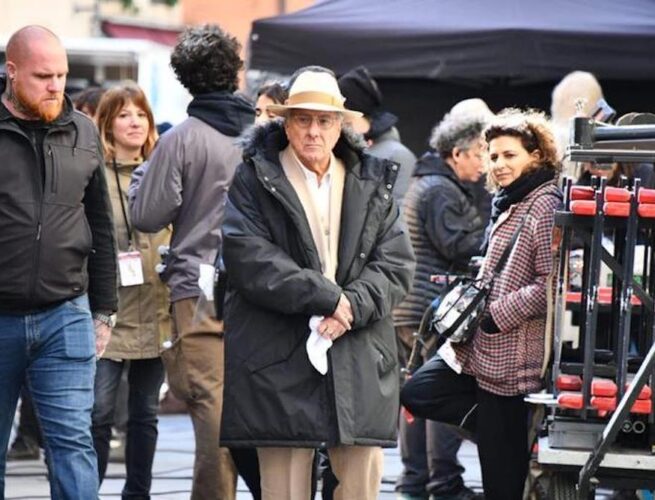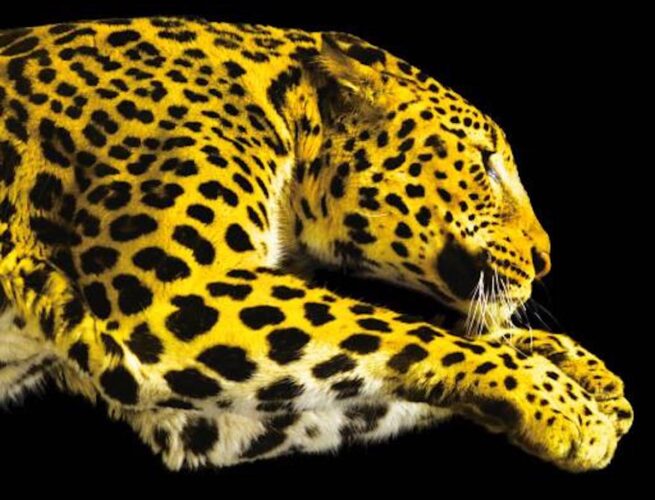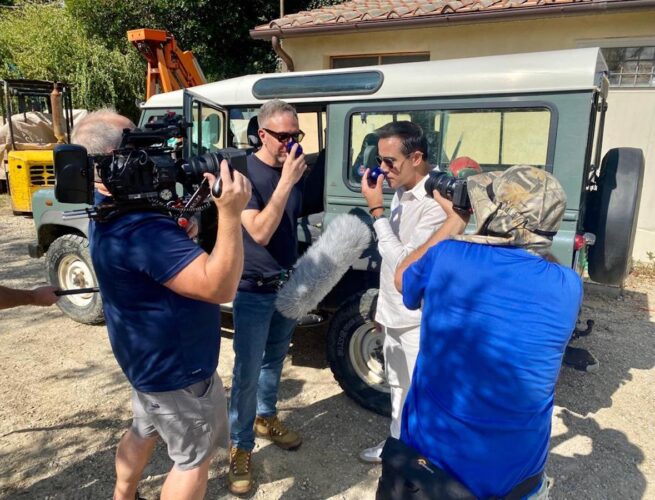Italy for Movies interview with Stefania Ippoliti, Toscana Film Commission Director
Tuscany may be the region that has most inspired large-scale foreign productions: with its stunning vistas, winding hills, vast and varied coastline and its mountains, Florence, cities of art and borgos with an abundance of artistic heritage, unique in quality, quantity and variety.
It could be said that cinema never leaves this region. The 2022 annual report confirms this with 160 + productions, including feature-length films, series and TV formats, documentaries and photographic shoots, representing an increase of 10% on 2021; furthermore, in 1,700+ days of work, 750 industry professionals – businesses and individuals – were engaged on the various sets with a spend in the territory of approximately €13 million.
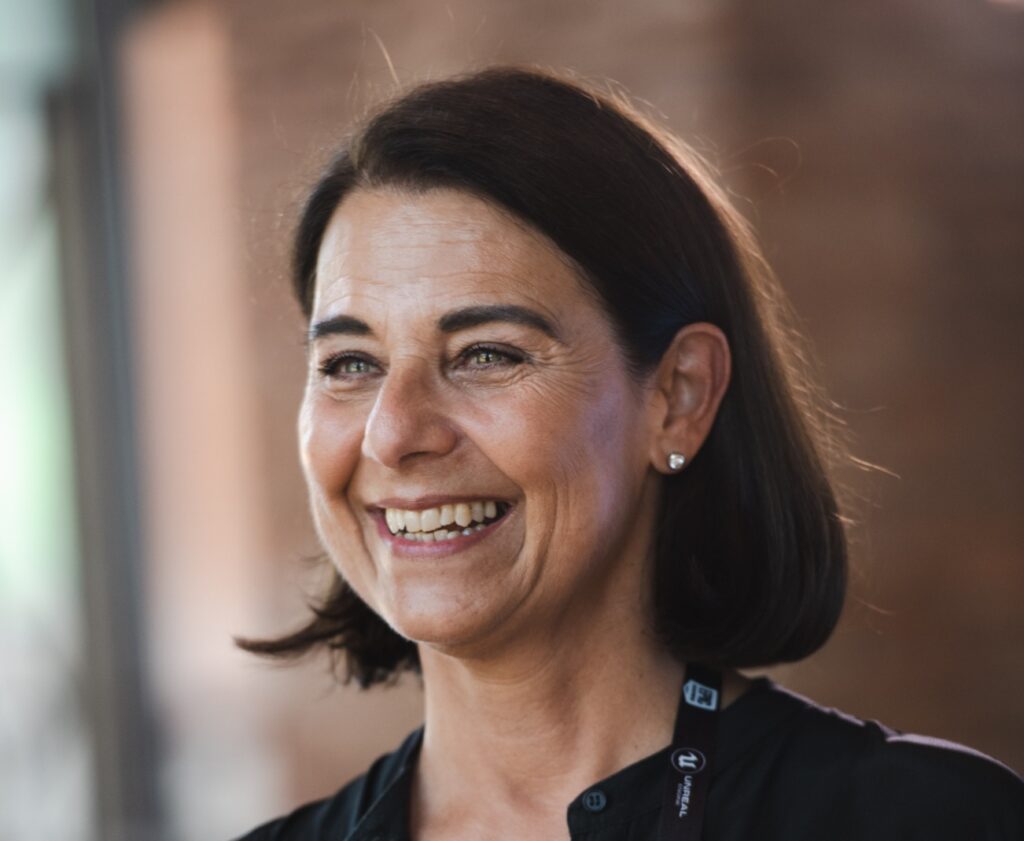
These results are not only due to the beauty of the area but also to the work of the Toscana Film Commission, whose strength, as director Stefania Ippoliti explains, is its “tailor made” assistance: a range of services that make it quick and easy to shoot anywhere in the region. “Each request is handled by our staff within 24 hours, they then follow the production until the shoot is concluded. Our excellent working relationships with municipal administrations are key as is the continuity of our partnerships with the various institutions that facilitate and ensure every phase of first preparation and then production. Crew logistics and operativity; the availability of excellent locations, from the hundreds that are shown on our image database; a production guide of technical professionals and services that can be contacted through the TFC site, which is always being updated.”
Tuscany also offers the Manifatture Digitali Cinema network: what is that? Manifatture Digitali Cinema is a Tuscan excellence based on the strengths of the area.
Manifatture Digitali Cinema is an extremely efficient infrastructure that supports audio-visual productions: three equipped cineporti (cinema hubs) welcome productions, provide workshops to make costumes, set elements, sound tracks and animation… Thanks to the network of Manifatture Digitali Cinema, the Toscana Film Commission works to create infrastructures and projects in the region that bring the productive, artisanal, artistic and creative excellences of the area to the cinema and audio-visual industry.
(The Manifatture Digitali Cinema of Prato and Pisa, for example, are bona-fide top-level industry structures because they not only extend specific elements of their local areas into the audio-visual sector, such as costume design and production or new technologies, but have also introduced high specialisation workshops, inspired by the Renaissance model, which offer industry professionals the opportunity to “learn by doing” as part of the production of an audio-visual product. Ed.)
There are so many reasons for a production to choose your region
The great attraction of Tuscany is the beauty and variety of its landscapes, with a range of historical eras encapsulated in memorable and atmospheric settings. An area with such a wealth of history and tradition which also features a wealth of knowhow and artisanal knowledge is always going to be very enticing.
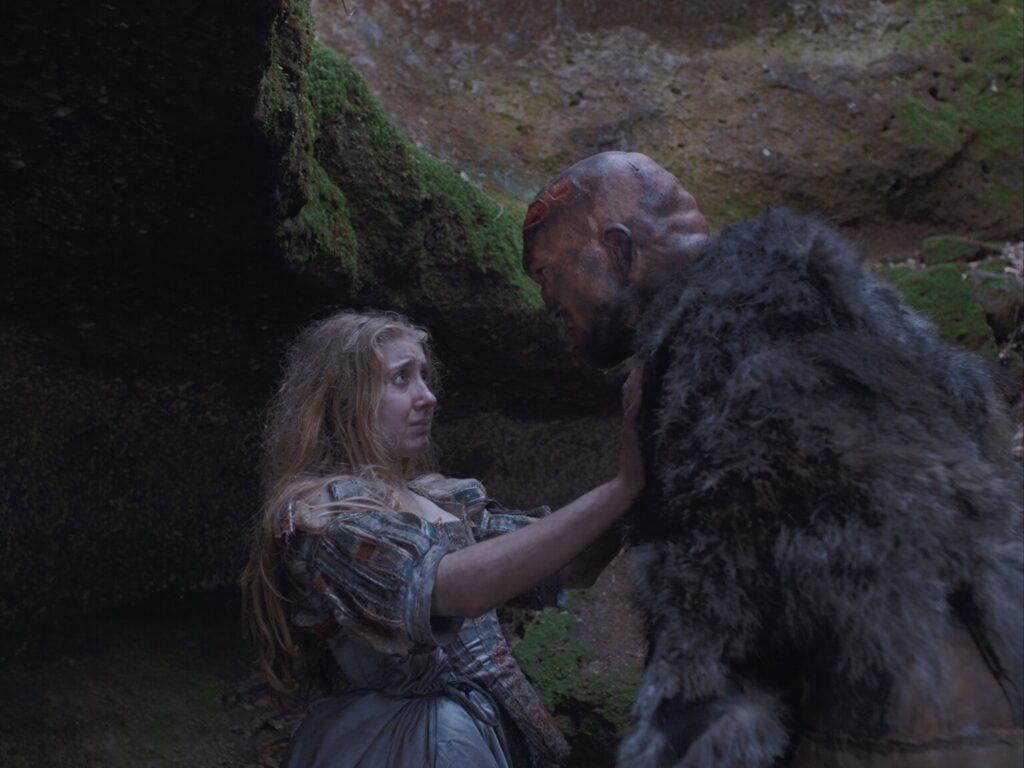
Which surprising or lesser-known locations have you proposed to productions? It’s not just Florence and the art cities: Tuscany is a jewel box of incredible treasures waiting to be discovered
Follow us on this itinerary through the most charming and unexpected locations that have beguiled productions: let’s start in the North of the region in the Apuan Alps, with the Carrara marble quarries, used by Konchalovsky for Sin, by James Bond for 007, Quantum of Solace, by Iuri Ancarani for the episode Il Capo of the Work trilogy, in addition to numerous advertising campaigns for international brands, to name just a few examples. Then we head to Garfagnana, in the Lucchesia area, a land of woods, caves and canyons – as shown in Tommaso Landucci’s documentary Caveman – and of atmospheric constructions, including the Ponte del Diavolo in Bagni di Lucca, used by Matteo Garrone and Leonardo Pieraccioni.
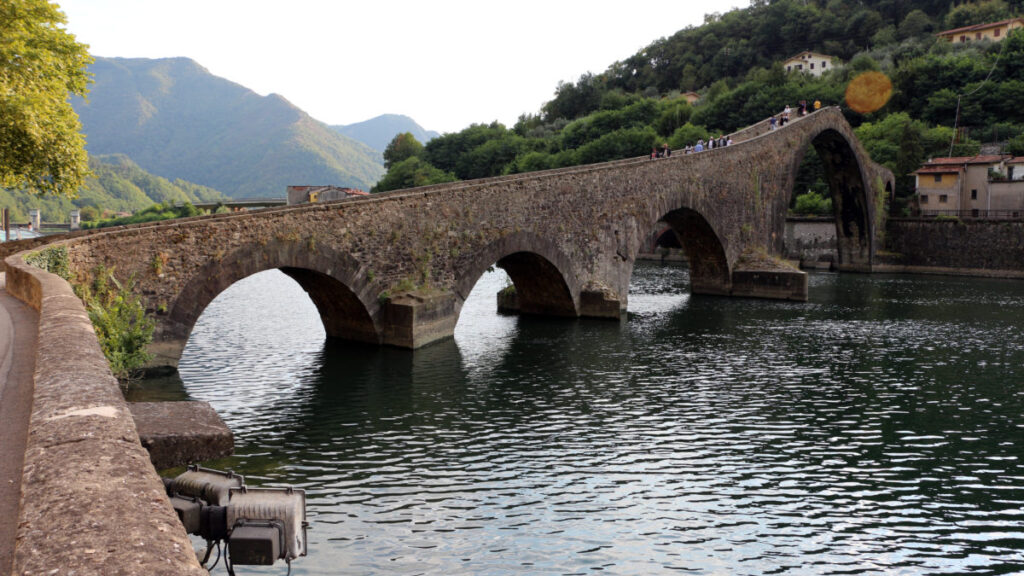
Heading towards Florence, we find Sammezzano Castle, with its eclectic and surprising style, which also featured in Garrone’s Tale of Tales. Our itinerary of surprising locations now takes us South, to the Nature Reserve of Alpe della Luna, in the province of Arezzo, where part of Haider Rashid’s film Europa was set, and where we find Parco Sasso Simone e Simoncello, location for The Properties of Metals. The Antica Linea Ferroviaria della Val d’Orcia/Old Train Line, in the heart of Tuscany, offers a setting for journeys through natural landscapes, thanks to the availability of vintage steam trains, as demonstrated by Roberto Andò in Strangeness, Alice Rohrwacher in La Chimera and Claudio Bisio in L’ultima volta che siamo stati bambini.
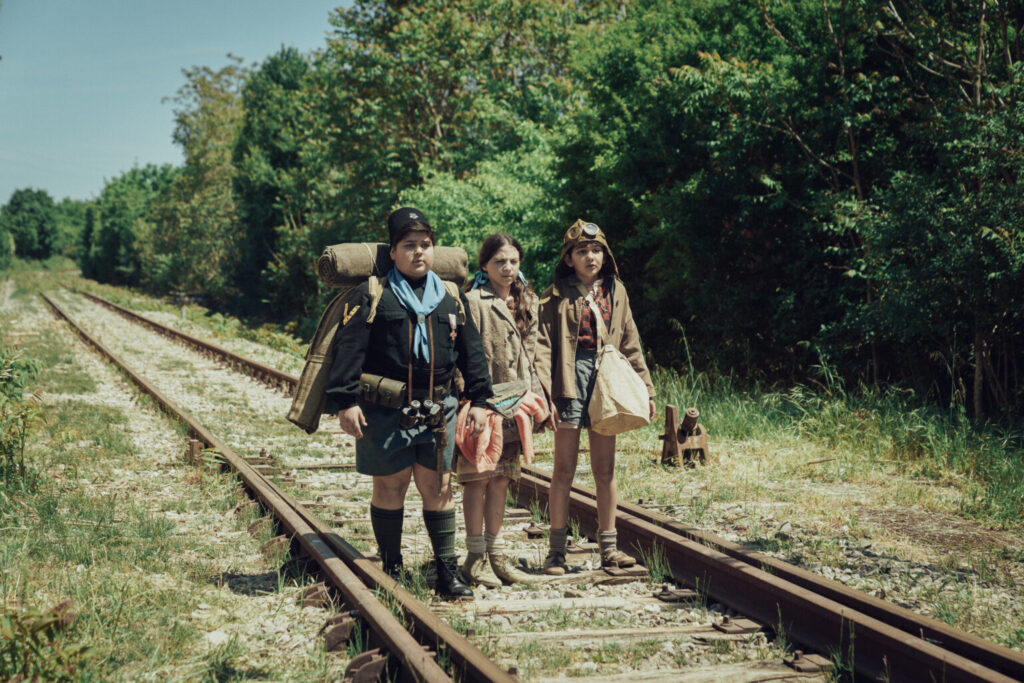
Following in the footsteps of Alice Rohrwacher towards Siena, we come across a magical location, the thermal baths of Bagni San Filippo, seen in her The Wonders. Then we reach the Maremma, another area with a wealth of unexpected and surprising landscapes, they are the wildest in ordered Tuscany and also the most attractive as the locations used by Giovanni Veronesi to shoot some of his most successful films demonstrate. From here, we reach Monte Argentario, stretching towards the South where Paolo Sorrentino, Carlo Virzì, Gabriele Muccino, Francesca Archibugi all found what they needed for their films. Inland Maremma features the thrilling, and spooky, vie Cave in Sorano, where Matteo Garrone set one of his “Tales”. And then there are the islands of the Tuscan Archipelago: from the largest, Elba, which has provided the setting for the I Delitti del Barlume series for the past 11 years, and Giglio which featured in paolo Sorrentino’s The Great Beauty, to the smaller islands, Giannutri and Montecristo, accessible only through us.
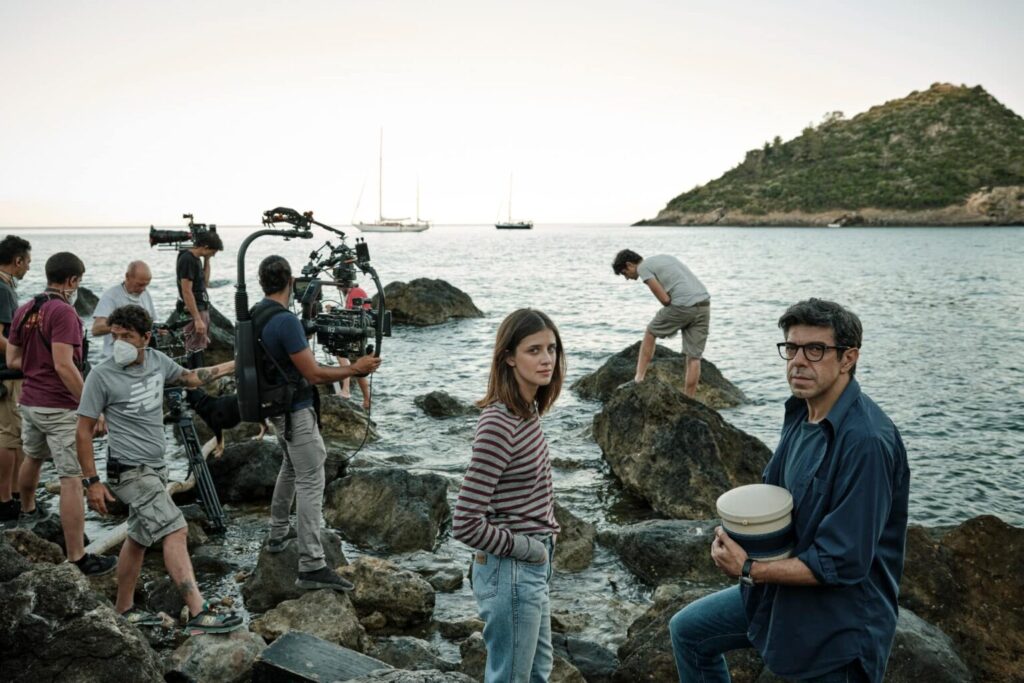
Future projects? Many new additions to the world of cinema in Tuscany: in addition to eagerly awaited production incentives, there’s much more
The Film Fund is expected in the second half of 2023. There are calls scheduled for a three-year period to support audio-visual productions, works of fiction and documentaries, financed with POR FESR funds.
First Playable is scheduled for 6-7 July: the 5th season of the event dedicated to Italy’s videogame industry is organized by IIDEA (Italian Interactive Digital Entertainment Association); after 4 years in Pisa, this year marks a change of location to Florence.
Following on its heels is Prato Phygital: after the 2022 call, earmarked for the use of 5G technology in the audio-visual industry, assigned €1 million to MIMIT, Fondazione Sistema Toscana (which includes TFC) is holding a large-scale demonstration event on 11 July at Manifatture Digitali in Prato to showcase the innovation that digital and new technologies can produce in the industry. In particular, Toscana Film Commission is aiming to establish a Virtual Production and Real Time Theatre in the region. A VR Studio would allow us to offer an infinite number of digital settings in addition to Tuscany’s superlative physical locations and a range of advanced services with staff, thereby producing employment and income.
Two events are scheduled for December: Showrunner Immersive, featuring the role of the showrunner, a key figures in the production of series, for audio-visual professionals; and the first edition of the Italian Rising Stars awards, in collaboration with the Accademia del Cinema Italiano David di Donatello, which will assign a special David in Florence to six upcoming young actors to showcase the talent and international appeal of Italy’s new film stars.

